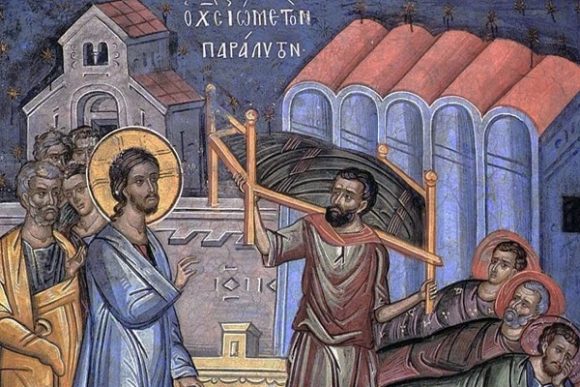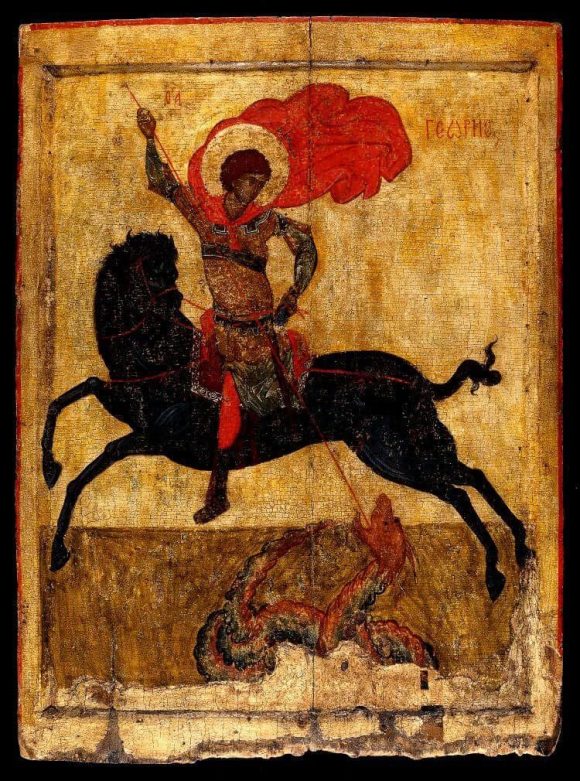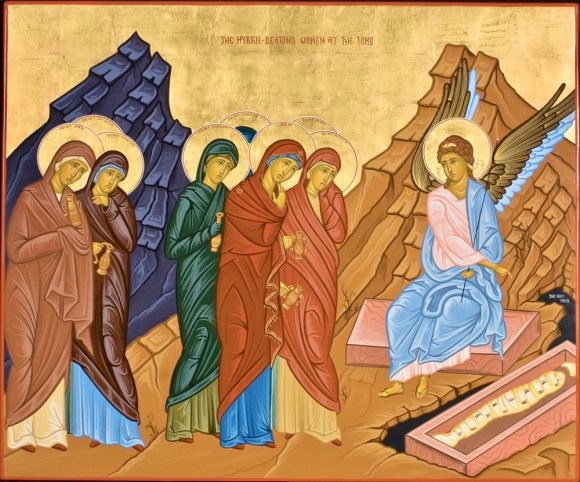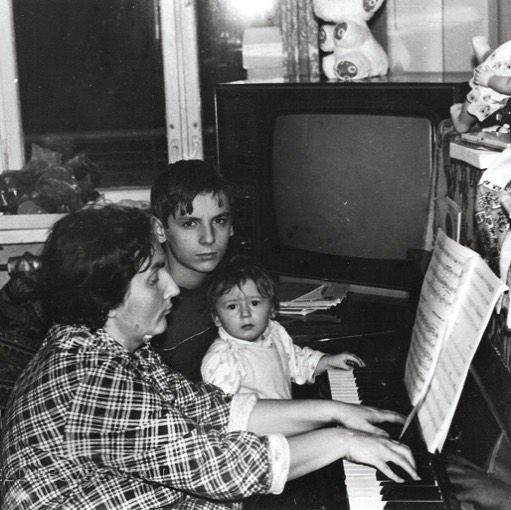Christ is risen!
This week vigil light is offered to God’s glory by Chris Komondy in memory of Henri Heinrich.
If you would like to have Confession or Holy Communion at home, please call the rectory at (203) 865-0388.
Dear parishioners and guests, after each Divine Liturgy, coffee and hard rolls are available in the church hall.
For your own safety and safety of others, please wear a mask in church.
Please turn off your cell phones during the Divine Liturgy. Your phones make our stream live difficult. Thank you!
We have for sale borsht $5.00 per container, cabbage and sausage $10 per container, chicken $10 per container.
The Knights of Columbus and the men of our parish will be sponsoring a Mother’s Day breakfast on Sunday, May 9, after the 9:00 a.m. Divine Liturgy. There will be only one Divine Liturgy on that Sunday at 9:00 a.m. We extend an invitation to all mothers of our parish to stop in for breakfast, so that we may honor you.
The Panakhyda Service at the Gravesites will take place on Saturday, May 22, at 11:00 am at All Saints Cemetery and Sunday, May 23, at 1:00 pm at St. Lawrence Cemetery. Please call the rectory office for appointment.
We have frozen cabbage with sausage (kapusta and kovbasa) or only cabbage for sale in the church hall.
Every Sunday you can watch stream live on parish Liturgy on Facebook at 9:00 a.m. in English language and 10:30 a.m. Divine Liturgy in Ukrainian.
Facebook: https://www.facebook.com/stmichaelnewhaven.
Dear Parishioners: I wish to express a special thanks to all of you. Despite the restrictions placed on your attendance at Divine Liturgy and the various special Liturgical celebrations, your attendance via Facebook, your responses, your thoughts and prayers, your support for parishioners in need as well as the continued financial support that you have mailed in to the Parish is greatly appreciated. Together with the help of God we will survive this National crisis and come out of it stronger than ever spiritually and emotionally. May God bless you all. Fr. Iura Godenciuc
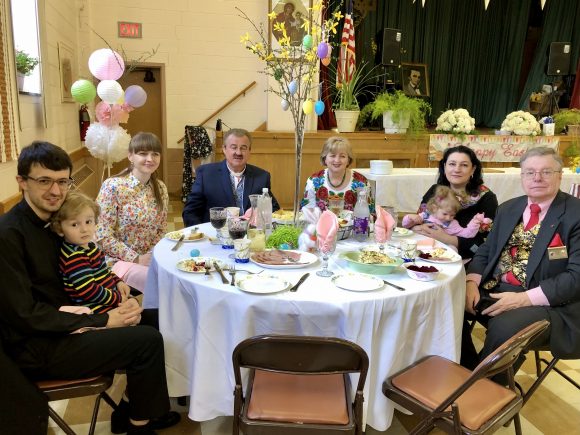
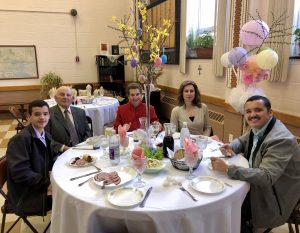
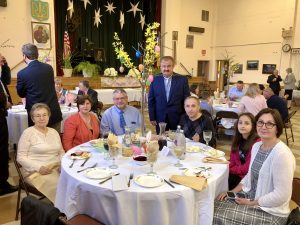
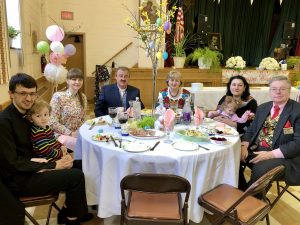

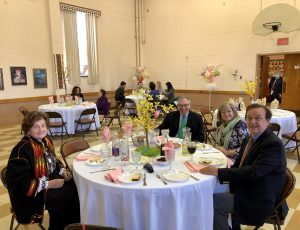 On Sunday, April 18, 2021, our Parish gathered to pray the Divine Liturgy and then to enjoy a good meal and friendship. The Sviachene was a beautiful time together. We welcomed many new friends to dinner. Blessed be God!
On Sunday, April 18, 2021, our Parish gathered to pray the Divine Liturgy and then to enjoy a good meal and friendship. The Sviachene was a beautiful time together. We welcomed many new friends to dinner. Blessed be God!